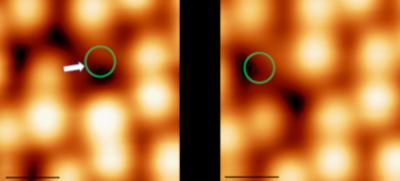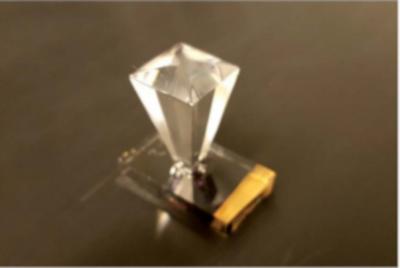Georgia Tech team improves perovskites' durability using plastic and silica double-layer protection system
Researchers at the Georgia Institute of Technology have demonstrated a novel approach aimed at addressing perovskite's durability problem: encasing the perovskite inside a double-layer protection system made from plastic and silica.
The research team developed a multi-step process to produce encased perovskite nanocrystals that exhibit strong resistance to degradation in moist environments.

